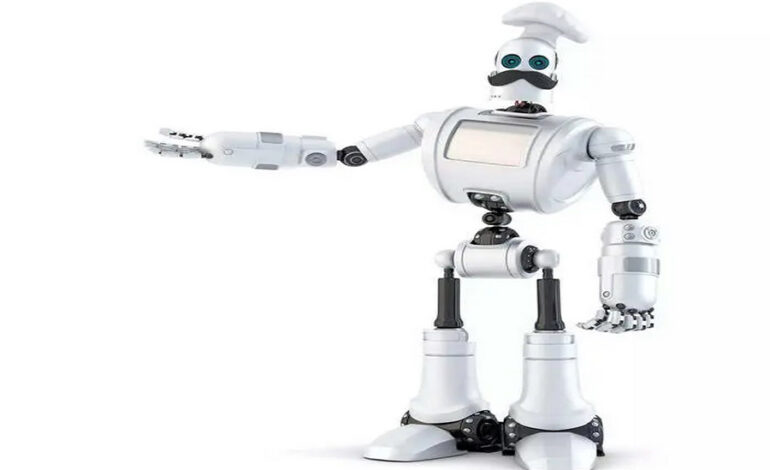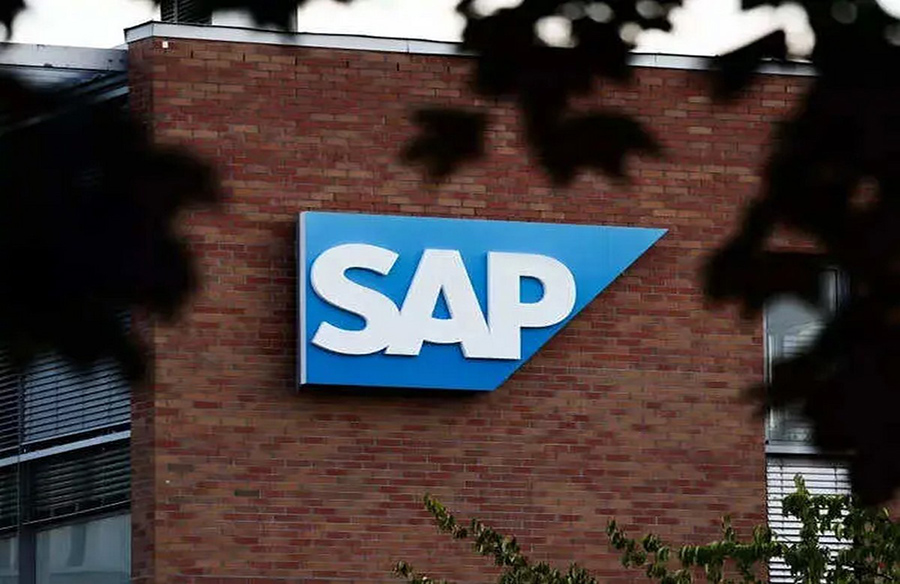Assessing AI’s Impact on Jobs: Insights from MIT

MIT’s recent study provides valuable insights into the potential impact of artificial intelligence (AI) on various job sectors, shedding light on the likelihood of automation and its implications for the workforce.
Examining Jobs Vulnerable to AI
The study primarily focuses on jobs where AI could potentially replace human visual processing, particularly tasks requiring computer vision technology. For instance, in industries like baking, where visual inspection of ingredients is crucial, AI might seem like a feasible alternative. However, the study reveals nuanced findings regarding the feasibility and cost-effectiveness of AI adoption in such roles.
Cost-Effectiveness of AI Automation
Researchers conducted surveys to assess the extent to which tasks could be automated using computer vision and analyzed the cost implications of such automation. Surprisingly, the results indicate that for the majority of firms, including industry giants like Walmart, replacing human visual labor with AI would yield limited cost savings. Despite advancements in AI technology, the current cost structures make complete automation financially impractical for many businesses.
Mitigating Concerns and Future Prospects
While the study acknowledges the potential for AI costs to decrease over time, the authors caution against overly optimistic projections. They argue that significant job displacement due to AI is unlikely to occur in the near future, particularly in roles reliant on visual processing. However, the study’s narrow focus underscores the need for comprehensive research to assess AI’s broader impact across diverse industries and job functions.
Implications for the Future of Work
For individuals concerned about the future of their professions, particularly those in roles susceptible to automation, the study offers some degree of reassurance. While the threat of AI replacing certain tasks exists, the complexity of many jobs suggests that complete automation remains a distant prospect. Nonetheless, vigilance and adaptability will be crucial as technology continues to evolve, shaping the future of work in unforeseen ways.










